Beauty from within
Nutrition is peaking in popularity but it can be a hard sell for therapists. We quizzed a salon, a spa and a clinic about how they successfully integrated it into their business.
CASE STUDY: Tessa Stevens Health & Beauty uses Advanced Nutrition Programme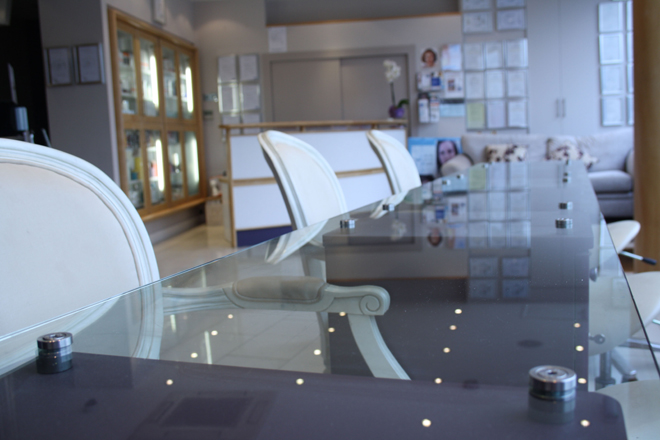
 An early adopter of the inside out approach to beauty, Tessa Stevens took on the Advanced Nutrition Programme (ANP) range from iiaa six years ago, shortly after opening her two eponymous advanced skin salons in North London. She’s since won iiaa awards for high ANP retail sales but admits, “it was a struggle at first”.
An early adopter of the inside out approach to beauty, Tessa Stevens took on the Advanced Nutrition Programme (ANP) range from iiaa six years ago, shortly after opening her two eponymous advanced skin salons in North London. She’s since won iiaa awards for high ANP retail sales but admits, “it was a struggle at first”.
“We’d put a client on Skin Omegas, then they’d say, ‘I was doing my shopping in Sainsbury’s and I noticed they were £5.99 so I bought them there’,” she says. Stevens and her team took the innovative step of conducting their own competitor analysis, buying all the high street brands and comparing them with ANP. “With Tesco omegas, for example, we worked out clients would have to take four a day to get the same amount they’d get from one ANP capsule, so over 30 days you’re actually spending the same amount and don’t get the same level of toxicity screening.” They then invited clients to bring in their supplements, adding an extra 15 minutes to appointment times to talk them through it.
Stevens says some therapists were “petrified” of selling nutrition at first. “It took four or five months to really get going with it,” she adds. “We stuck up sound bites in the kitchen for them to use and did little incentives for selling the most.”
The salon’s best sellers are now ANP’s Skin Vit A and Skin Omegas capsules and they now offer food intolerance testing, carrying out YorkTest blood tests in the clinic and sending the samples to the company’s lab for analysis. “We work the report into the client’s next salon treatment,” says Stevens, who also uses Visia skin scanning to help personalise the nutrition offer, having bought a machine a year ago.
“If you’re telling a client she’s dehydrated or that you’re trying to suppress some pigmentation with nutrition, then when they come back in four months’ time you can evidence the results through skin scanning,” she says.
However, the therapists don’t always offer nutrition to new clients. “If they’ve got nothing at home except a packet of facial wipes, it’s hard selling them a bag of skincare and a bag of nutrition. Even if they do buy it all, they’re not going to use it,” says Stevens. “You need to gain their trust. We offer two cosmeceutical paths, Environ and Skinceuticals, and every client on one of those has to be introduced to nutrition between month one and three, even if they don’t take it. They have to understand how important it is to feed their skin from the inside because you can’t ask someone to pay £60 for a facial and more for skincare and then not educate them about what to put into their body.”
BRAND VIEW: Lorraine Perretta, head of nutrition, iiaa
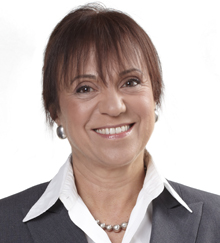 “Usually therapists are at the forefront of beauty innovations, but in fact the end user has been using vitamins much longer than therapists so it can be hard for them at first. In the past 18 months, we have seen a huge increase in interest.
“Usually therapists are at the forefront of beauty innovations, but in fact the end user has been using vitamins much longer than therapists so it can be hard for them at first. In the past 18 months, we have seen a huge increase in interest.
At iiaa we offer a three-pronged attack: feed, fortify, finish. It starts with vitamin A and why that’s important for building collagen, both internally with the supplement and externally with the cream, then finishing with make-up. Supplements are an easy match for consumers, because they already believe in the importance of vitamins, plant extracts or antioxidants.”
CASE STUDY: Stoke Park Spa uses Thalgo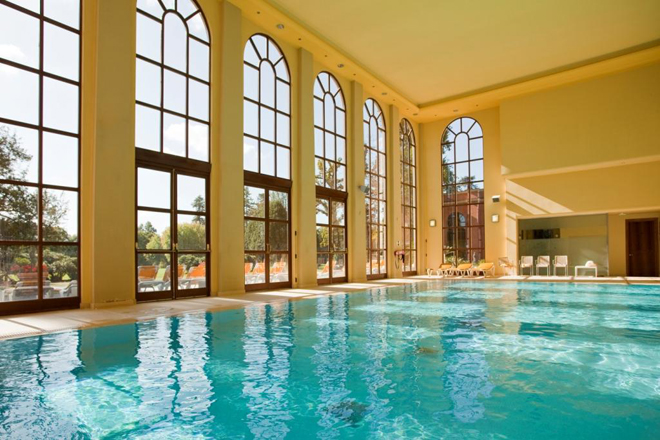
 Supplements or nutrition advice designed to promote skin health and total body wellness would seem a logical fit for a spa’s service offering, and yet many businesses remain reticent about it.
Supplements or nutrition advice designed to promote skin health and total body wellness would seem a logical fit for a spa’s service offering, and yet many businesses remain reticent about it.
“I was definitely wary of taking it on, because I’d never really worked with nutrition,” says Anna Thomas, spa manager at Stoke Park in Buckinghamshire, which stocks Thalgo’s nutrition products. “I completely believe that what you put in your body has an effect on the outside as well, but I didn’t want to sell gimmicky things.”
Thomas added Thalgo’s nutrition products to her spa’s portfolio about 18 months ago, and despite her reservations about it, recognised thatit made sense for the business. “We’ve got a huge health club, so there’s a lot on offer on the wellness side of things,” she explains.
Starting out initially with a collagen booster drink, Thomas found that the supplement quickly became one of the spa’s best-selling products. “It held that position as one of our best sellers, so we took more of the nutrition range on,” she adds. “I would say that in our top five best-selling products, there is always a couple of nutrition products.”
Stoke Park doesn’t offer dedicated nutrition consultations or incorporate it into wider wellness packages, instead keeping the supplements as a retail product that therapists recommend following treatments. “Our therapists are fully aware of all the nutrition range, so they recommend it to answer concerns that clients might have,” says Thomas. “They will recommend products that work from within.”
However, Thomas admits that the retail performance of the supplements isn’t purely down to her therapists’ selling skills. “I do think people have a better understanding than they used to, because not all of our sales come from recommendations. People do just pick the product up and buy,” she says.
Repeat business from the spa’s health club members who use the supplements is also very high, Thomas adds. “I hear a lot of feedback from them about whether they think a product is good or not, which is harder to do if you’re just a spa day business.”
To other spas thinking of taking on a nutrition range, Thomas recommends detailed research, seeking the advice of nutritionists and trialling the product yourself, to feel confident it does what it claims. Beyond that, she adds, it’s a case of getting the team fully versed in the benefits of nutrition. “If they can get behind it, and try it and use it then it works ten times better,” she says.
BRAND VIEW: Marian Green, managing director, Thalgo UK
 “I think people are getting more savvy about supplements and why we need to take them. The effects of pollution, stress, illness or unhealthy lifestyles mean that we should sometimes consider a supplement to balance. I think in spas, because there’s a big focus on health and wellbeing, people do look at additional supplements to help them achieve their results.
“I think people are getting more savvy about supplements and why we need to take them. The effects of pollution, stress, illness or unhealthy lifestyles mean that we should sometimes consider a supplement to balance. I think in spas, because there’s a big focus on health and wellbeing, people do look at additional supplements to help them achieve their results.
It’s very important that we make sure that the education around the supplements is all given correctly. In our own training programmes, whether we’re doing facial training or body training, we always link back to the correct supplements for that treatment.”
CASE STUDY: The Skin Clinic uses 3D-lipolite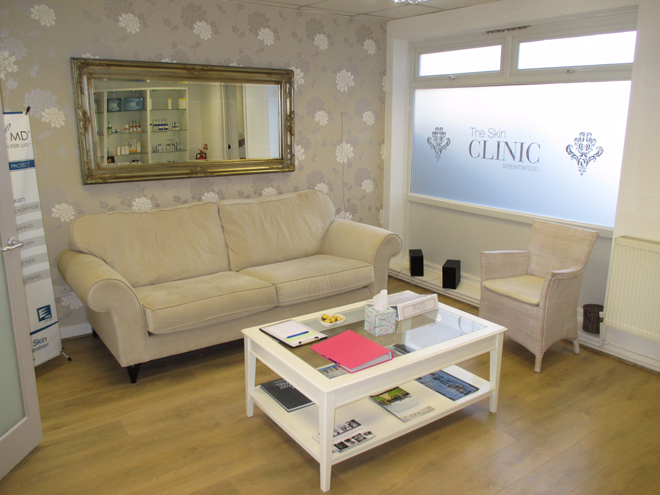
 Tackling skin conditions from the inside out may be a growing trend for the beauty and spa sector, but weight-loss programmes will always be big business. And combining nutrition with advanced body treatments can offer clients a point of difference and draw in new revenue.
Tackling skin conditions from the inside out may be a growing trend for the beauty and spa sector, but weight-loss programmes will always be big business. And combining nutrition with advanced body treatments can offer clients a point of difference and draw in new revenue.
“There is a huge demand currently for body contouring and body-focused aesthetic treatments,” says Dr Johanna Ward, aesthetic physician and founder of The Skin Clinic, which has two sites in Kent. “With 60% of the adult population now overweight or obese, there is a big market for weight-loss programmes and nutritional guidance for those who want to try and turn theirlives around.”
Ward took on the 3D-lipolite programme earlier this year, a system that combines 3D-lipo’s body-contouring treatments with diet and nutrition guidance for accelerated weight loss. For her business, she says, offering nutrition complements the services already available in the clinics, which include cryolipolisis, skin resurfacing treatments, IPL and injectables.
Ward explains that 3D-lipolite is a medically led programme, and consultations should be carried out by a nurse or doctor; however, the regular body-contouring treatments can be conducted by aestheticians or therapists. “The diet appeals to people who have tried and failed many diets, but who really want to lose weight,” she explains. “When we first took on the programme, we were inundated with people wanting to start. We had to open on Sundays to cope with demand and take on two new staff.”
Ward explains that when taking on any new treatment she likes to try it herself, to give clients accurate feedback. “Six months before we took on the Lipolite progamme I had my second child, so I was keen to get back into shape and lose my baby weight. It gave me an opportunity to see how the diet felt and to test how effective the treatments were. I tried allthe meal replacements and all of the suggested diet menus and found it really enjoyable. My patients saw the weight drop off me and signed up for them themselves.”
BRAND VIEW: Roy Cowley, managing director, 3D-Aesthetics
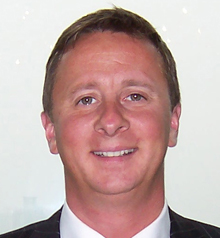 “If somebody who has a BMI of over 30 comes to you, is it ethical to give them the hope that there is a miracle cure for them? Absolutely not. There are certain people that need to encompass a lifestyle change.
“If somebody who has a BMI of over 30 comes to you, is it ethical to give them the hope that there is a miracle cure for them? Absolutely not. There are certain people that need to encompass a lifestyle change.
One of the reasons that people fail to reach their goals is because they lack that motivation. Part of the success of our programme is the fact that we’re face to face with that client every single week, to ensure that we keep them on track.
You’ve got to regard the meal replacement as the medicine. It contains a high-protein formula, so it aids suppression of the appetite, and it also contains all the vitamins and minerals that are required. But, ultimately, we’re not making therapists into nutritionists, we’re just giving them the education to deliver this proven programme.”

